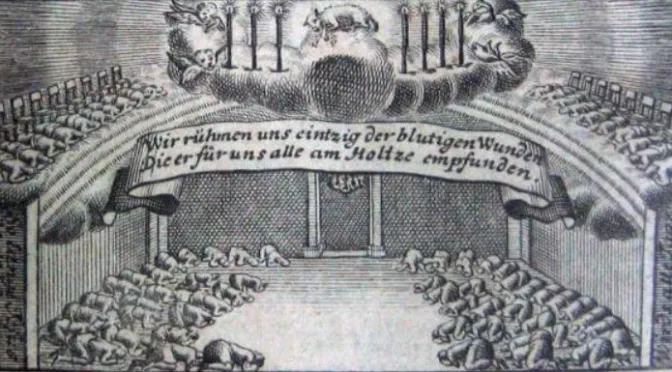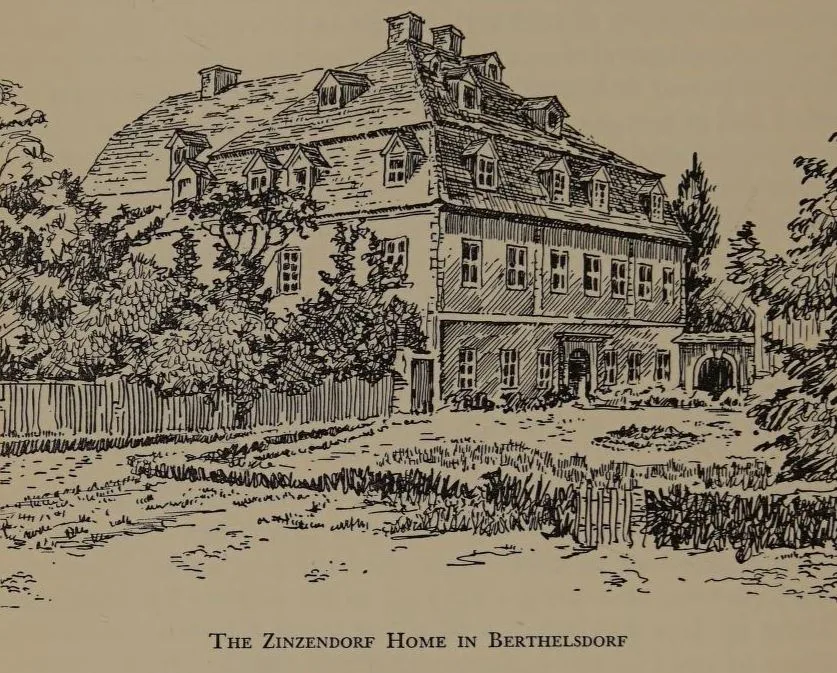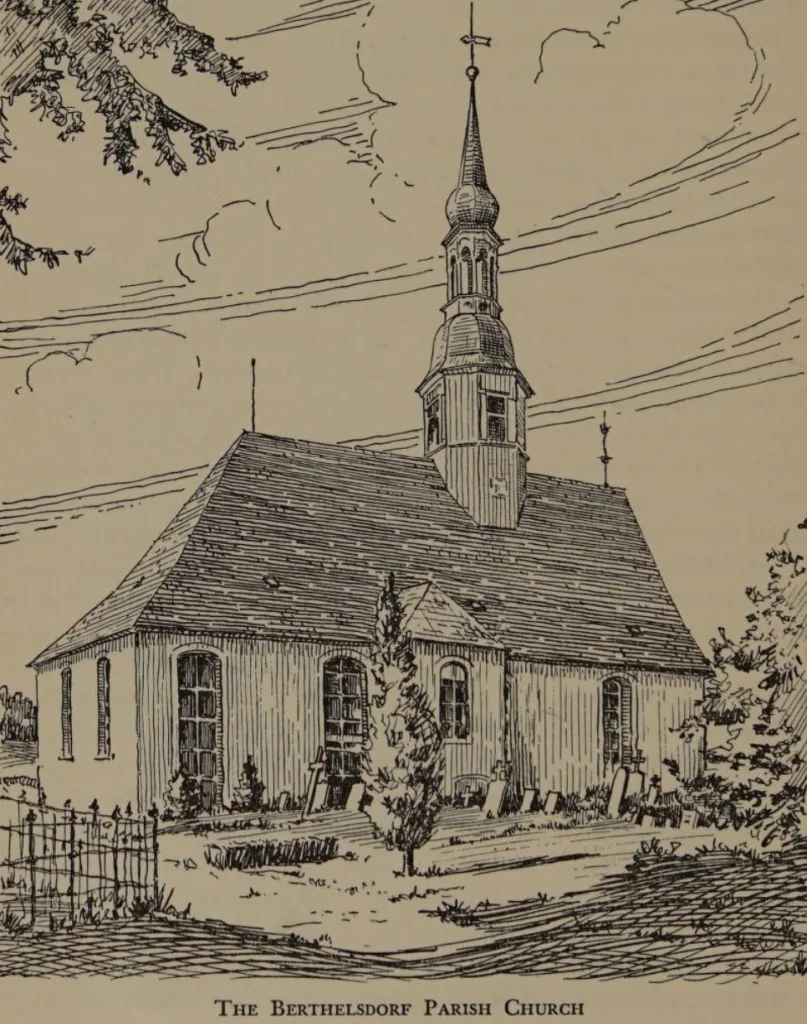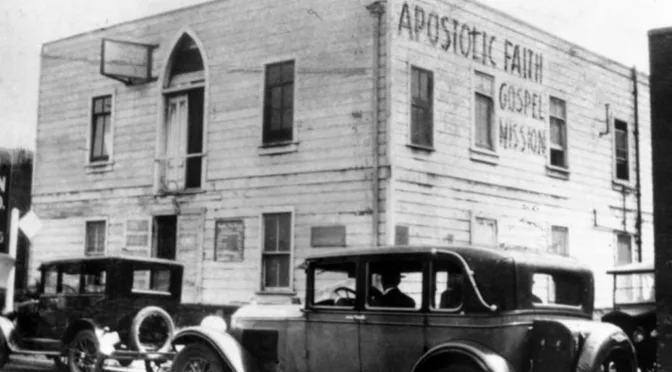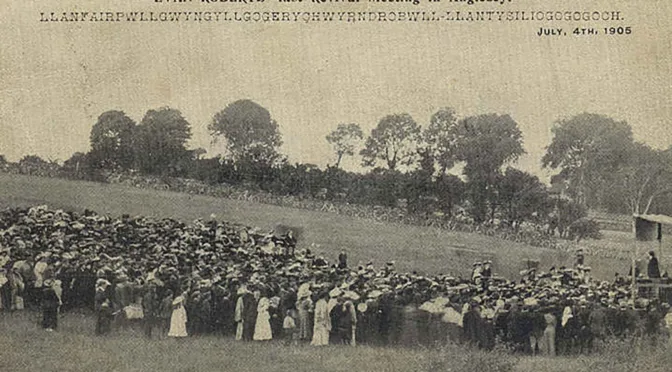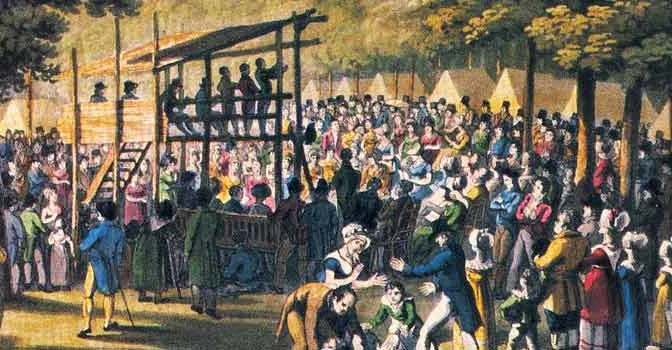The sower is nothing, the reaper is nothing, only God who makes the seeds grow. This truth is eternal, echoing through the ages, revealing the mystery of God’s sovereignty. It is written, “So then neither the one who plants nor the one who waters is anything, but God who causes the growth.” (1 Corinthians 3:7, NASB)
The Humility of the Sower and the Reaper
Children of God, hear this truth: we are but vessels of clay, formed by the hands of the Almighty. Our labor is nothing apart from His power. The one who sows in the field and the one who gathers the harvest are but servants of El Shaddai, the One who commands life to rise.
Do you not see? The earth yields its fruit not by the strength of man, but by the Word of God. From the beginning, He spoke, and it was so. The sower’s hand may cast the seed, and the reaper’s sickle may gather, but it is God alone who gives the increase.
Only God Gives the Growth
El Shaddai alone commands life to rise from the dust. The seed lies hidden in the earth, silent and unseen, until the power of the Creator calls it forth. In the same way, the Word of God is sown into hearts, unseen and unheard, until the Spirit quickens it to life.
Yeshua declared:
“I am the vine, you are the branches; he who abides in Me and I in him, he bears much fruit, for apart from Me you can do nothing.” (John 15:5, NASB)
Apart from Him, we are barren. But in Him, the barren places become rivers of living water. In Him, the desert blossoms as the rose. The increase belongs to God alone.
The Call to Faithfulness, Not Results
Hear this, beloved: You are called to obedience, not outcome. The sower must sow, and the reaper must gather, but the harvest belongs to El Shaddai.
In this is freedom: You are not the author of the harvest, but the servant of the Sower. Sow the Word of God in faith. Water it with prayer and tears. But leave the increase to God. For He alone knows the appointed time.
Trusting God’s Sovereignty in Growth
The ways of El Shaddai are higher than our ways. Do not grow weary when you do not see the fruit, for the seed works in secret. The rain falls from heaven, the snow covers the earth, and in time, the seed breaks forth.
It is written:
“For as the rain and the snow come down from heaven, and do not return there without watering the earth and making it bear and sprout, so will My word be which goes forth from My mouth; it will not return to Me empty, without accomplishing what I desire.” (Isaiah 55:10-11, NASB)
His Word will not return void. The harvest is certain because His promise is faithful. What He has spoken will surely come to pass.
The Mystery of the Seed
The seed is a mystery. It lies buried in the dark earth, unseen and forgotten. Yet within its shell is the promise of life. So it is with the Word of God. It may seem hidden, buried, even forgotten, but in the appointed time, it will break forth.
The farmer waits in faith, not because he trusts the soil, but because he trusts the Creator of the seed. So must we wait, not on our own understanding, but on El Shaddai, who brings life from death and light from darkness.
The Glory Belongs to God Alone
The sower is nothing, the reaper is nothing—only God gives the growth. If the seed bears fruit, it is because El Shaddai has spoken. If the harvest is plentiful, it is because Yeshua, the Lord of the Harvest, has commanded it.
- Let no man boast in his labor, for the power belongs to God.
- Let no heart grow weary in the waiting, for the promise belongs to God.
- Let no soul seek glory for the harvest, for the glory belongs to God alone.
Application: Sowing and Watering in Faith
- Sow the Word in Obedience: Let your heart be the field, your mouth the sower. Speak the truth boldly.
- Water with Prayer: For every seed sown, cover it with prayer. Trust that God hears.
- Wait on El Shaddai: The seed sprouts in secret. Trust the unseen hand of God.
- Reap in Worship: When the harvest comes, give glory to Yeshua, the Lord of the Harvest.
A Prayer for Growth
Abba Father,
We confess that we are nothing apart from You. We are but dust in Your hands, vessels of clay shaped by Your will. Teach us to sow in obedience, to water in faith, and to wait in trust. Break the pride that seeks to claim the harvest as our own. Let us see Your power and give You the glory.
May Your Word be sown in the hearts of men and women, breaking forth in due season, bearing fruit for Your Kingdom. We lay our labor at Your feet, knowing that the increase belongs to You alone.
El Shaddai, breathe upon the seeds we have sown. Yeshua, Lord of the Harvest, gather the fruit for Your glory.
In the name of Yeshua, we pray. Amen.
Key Truths to Remember
- The sower is nothing, the reaper is nothing—only God gives the growth.
- Our calling is faithfulness; God is responsible for the fruitfulness.
- The glory belongs to God alone.
Conclusion: All Glory to El Shaddai
The harvest is the Lord’s. El Shaddai alone makes the seeds grow. Yeshua alone is the Lord of the Harvest. Rest in His power. Obey His call. Trust His timing. For He is faithful, and His Word will not return void.
Sow in faith. Water in hope. Wait in trust. The increase belongs to El Shaddai.




